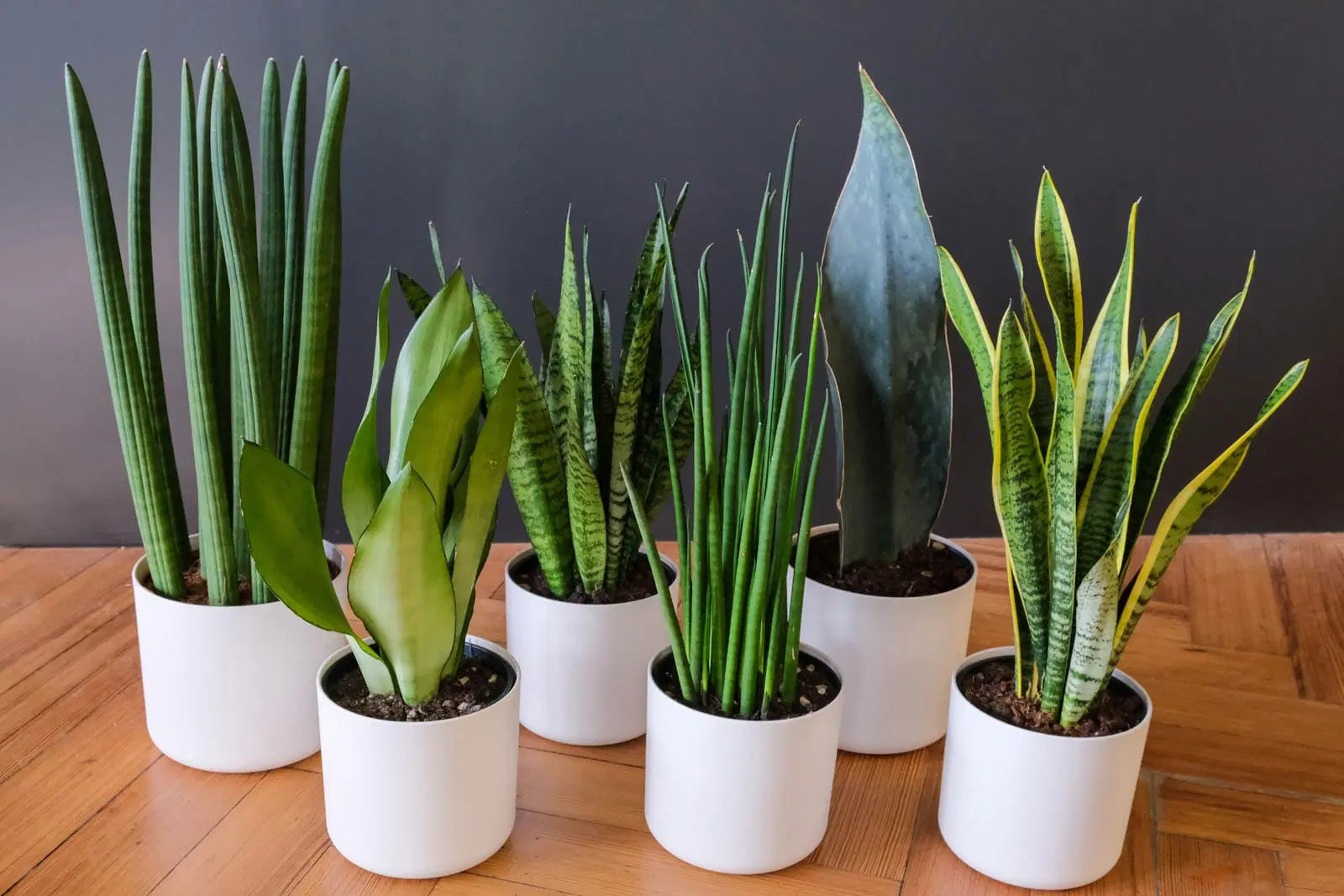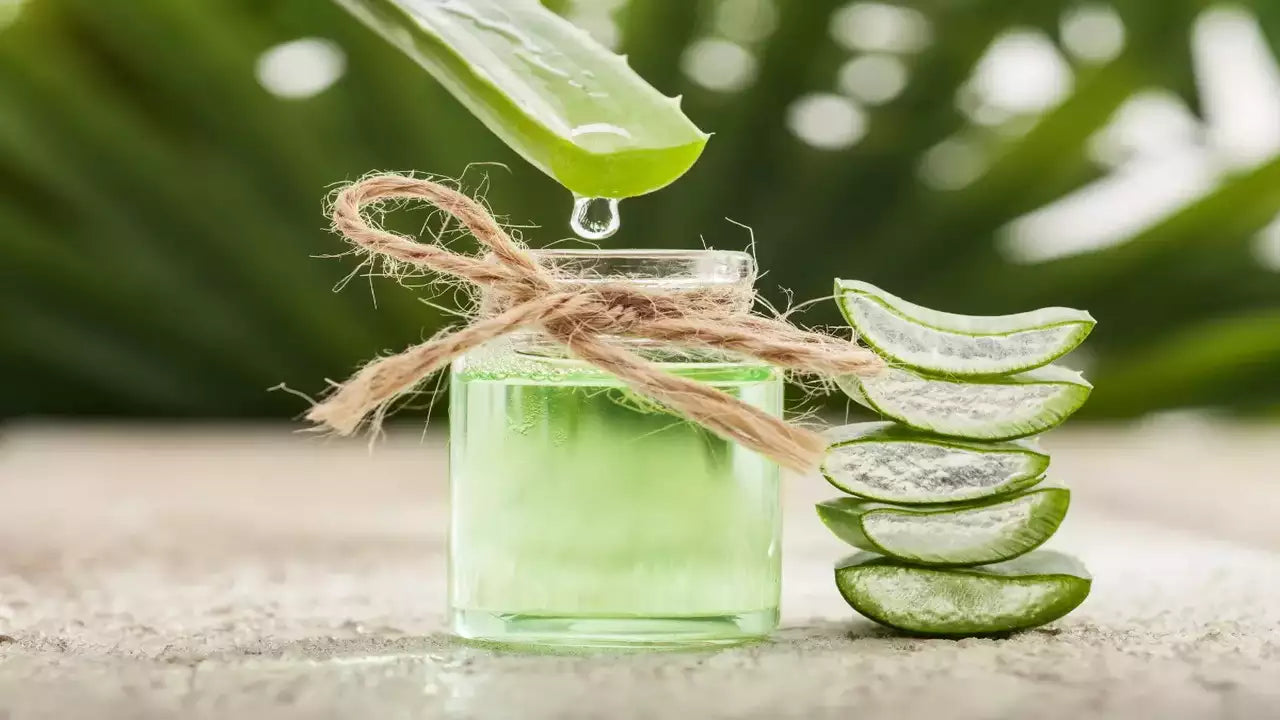Winter poses unique challenges for indoor plant enthusiasts, and money plants (Epipremnum aureum) are no exception. Known for their resilience and air-purifying qualities, money plants can thrive indoors with the right care. However, during the colder months, certain common mistakes can hinder their growth and health. To ensure your money plants remain lush and vibrant throughout winter, it's essential to avoid these top 5 mistakes when caring for money plants in winter.
1. Overwatering Your Money Plants

Understanding Winter Watering Needs
One of the most common mistakes during winter is overwatering. Money plants, like many other indoor plants, have reduced water requirements in colder months due to slower growth rates. Overwatering can lead to root rot, a condition where the roots become mushy and unable to absorb nutrients effectively.
How to Avoid Overwatering
- Check Soil Moisture: Before watering, insert your finger about an inch into the soil. If it feels dry, it’s time to water; if it's still moist, wait a few more days.
- Adjust Watering Frequency: Reduce the frequency of watering. While summer may require weekly watering, winter might only need watering once every 10-14 days.
- Use Well-Draining Soil: Ensure your money plant is potted in well-draining soil to prevent excess water from stagnating around the roots.
Also Read- The Role of Temperature In Money Plant Care: Creating The Ideal Climate
2. Neglecting Adequate Light Exposure

The Importance of Light in Winter
Light is crucial for photosynthesis, the process through which plants produce energy. During winter, daylight hours are shorter, and the intensity of sunlight decreases, which can slow down the growth of your money plants.
Tips to Optimize Light Exposure
- Position Near Bright Windows: Place your money plants near south or east-facing windows where they can receive the most natural light during the day.
- Supplement with Artificial Lighting: If natural light is insufficient, use LED grow lights to provide the necessary light spectrum. Position the lights about 12-18 inches above the plants and keep them on for 12-14 hours a day.
- Rotate Regularly: Rotate your plants weekly to ensure all sides receive equal light exposure, promoting balanced growth.
Also Read- Money Plants And Detoxifying Your Home: A Natural Approach To Clean Living
3. Ignoring Temperature Fluctuations

Maintaining Stable Temperatures
Money plants prefer stable indoor temperatures ranging between 65-75°F (18-24°C). Sudden temperature drops or exposure to cold drafts can stress the plant, causing leaf discoloration and stunted growth.
How to Maintain Optimal Temperatures
- Avoid Drafty Areas: Keep your money plants away from windows, doors, and vents where cold drafts can occur.
- Use Thermal Curtains: Insulate your windows with thermal curtains to maintain a consistent temperature around your plants.
- Monitor Indoor Heating: Ensure that heating systems do not blow directly onto your money plants, as excessive heat can dry out the soil and foliage.
4. Over-Fertilizing During Winter

Understanding Winter Nutrient Needs
During winter, money plants enter a period of dormancy or slowed growth, reducing their need for fertilizers. Over-fertilizing can lead to salt buildup in the soil, harming the roots and inhibiting nutrient absorption.
Proper Fertilization Practices
- Reduce Fertilizer Frequency: Limit fertilization to once a month or even less during the winter months.
- Dilute Fertilizer Solutions: Use a balanced, water-soluble fertilizer diluted to half the recommended strength to prevent salt accumulation.
- Choose the Right Fertilizer: Opt for fertilizers specifically formulated for indoor plants to ensure they receive the appropriate nutrients without excess salts.
Also Read- Using Money Plants To Enhance Your Balcony Garden
5. Failing to Prune and Clean the Plants

The Benefits of Regular Pruning
Pruning and cleaning your money plants not only enhance their appearance but also promote healthy growth by removing dead or yellowing leaves and preventing pest infestations.
How to Properly Prune and Clean
- Remove Dead or Damaged Leaves: Use clean, sharp scissors to trim any yellowing or damaged leaves, allowing the plant to focus its energy on new growth.
- Wipe Leaves Regularly: Dust can accumulate on the leaves, hindering photosynthesis. Gently wipe the leaves with a damp cloth to keep them clean and healthy.
- Inspect for Pests: Regularly check your money plants for signs of pests such as spider mites or aphids. Early detection can prevent infestations from spreading.
Conclusion
Caring for money plants during winter requires attention to their changing needs as the seasons shift. By avoiding these top 5 mistakes, you can ensure your money plants remain healthy, green, and thriving throughout the colder months. Remember to adjust your watering schedule, optimize light exposure, maintain stable temperatures, limit fertilization, and keep your plants pruned and clean. With these strategies in place, your money plants will continue to enhance your indoor space with their beauty and air-purifying benefits all year round.













Leave a comment
This site is protected by hCaptcha and the hCaptcha Privacy Policy and Terms of Service apply.